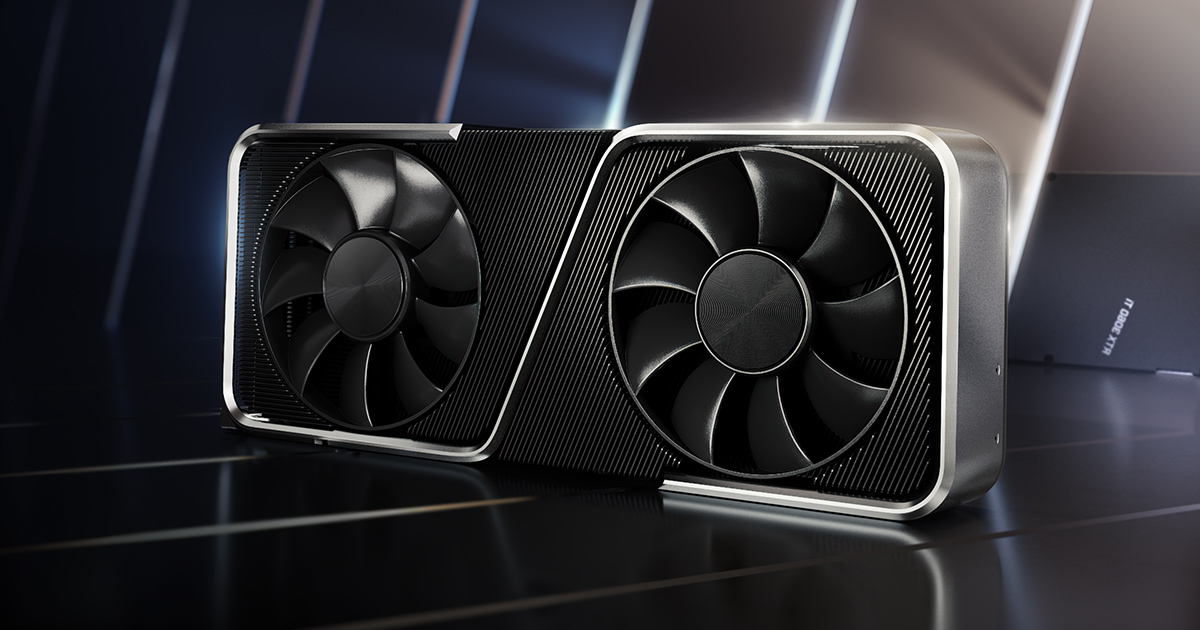If you are interested in gaming, video editing, or machine learning, you may have heard of GPUs, or graphics processing units. But what exactly are GPUs and how do they work? In this blog post, we will explain the basics of GPUs and their role in creating stunning graphics and performing complex computations.
A GPU is a specialized hardware device that is designed to process graphics information, such as images, videos, animations, and 3D models. A GPU can also be used for general-purpose computing tasks that require parallel processing, such as artificial intelligence, cryptography, or scientific simulations.
A GPU works together with a CPU (central processing unit), which is the main processor of a computer. The CPU handles most of the general tasks of a computer system, such as running applications, managing files, and communicating with other devices. The CPU also sends instructions to the GPU for drawing images on-screen. The GPU then executes these instructions and returns the output to the CPU or directly to the display device.
The process of going from instructions to the finished image is called the rendering or graphics pipeline¹. The rendering pipeline consists of several stages that transform data into pixels that can be displayed on a screen. Some of these stages are:
– Vertex processing: This stage involves manipulating vertices (points) that define shapes (such as triangles) in 3D space. The GPU applies transformations (such as rotation, scaling, or translation) and lighting effects (such as shading or shadows) to these vertices.
– Rasterization: This stage involves converting shapes into pixels (dots) that cover an area on-screen. The GPU determines which pixels belong to which shape and assigns them colors based on their attributes.
– Pixel processing: This stage involves applying additional effects (such as textures, filters, or transparency) to each pixel before sending them to the display device.
The GPU performs these stages using specialized components called shaders. Shaders are small programs that run on thousands of cores (processing units) inside the GPU. Each core can execute multiple threads (sequences of instructions) simultaneously. This allows the GPU to process many pieces of data in parallel and achieve high performance.
GPUs can be integrated into the CPU or offered as a discrete hardware unit. Integrated GPUs share memory and resources with the CPU and are usually found in laptops or mobile devices. Discrete GPUs have their own memory and resources and are usually found in desktops or gaming consoles.
The performance of a GPU depends on several factors, such as its architecture (design), clock speed (frequency), memory size (capacity), memory bandwidth (speed), core count (number), shader model (version), etc. These factors determine how fast and how much data a GPU can process at a time.
GPUs have evolved over time to deliver unique benefits in the world of computing. They enable users to enjoy realistic graphics and immersive experiences in games and virtual reality applications. They also enable researchers and developers to solve complex problems and create innovative solutions using machine learning and artificial intelligence applications.
